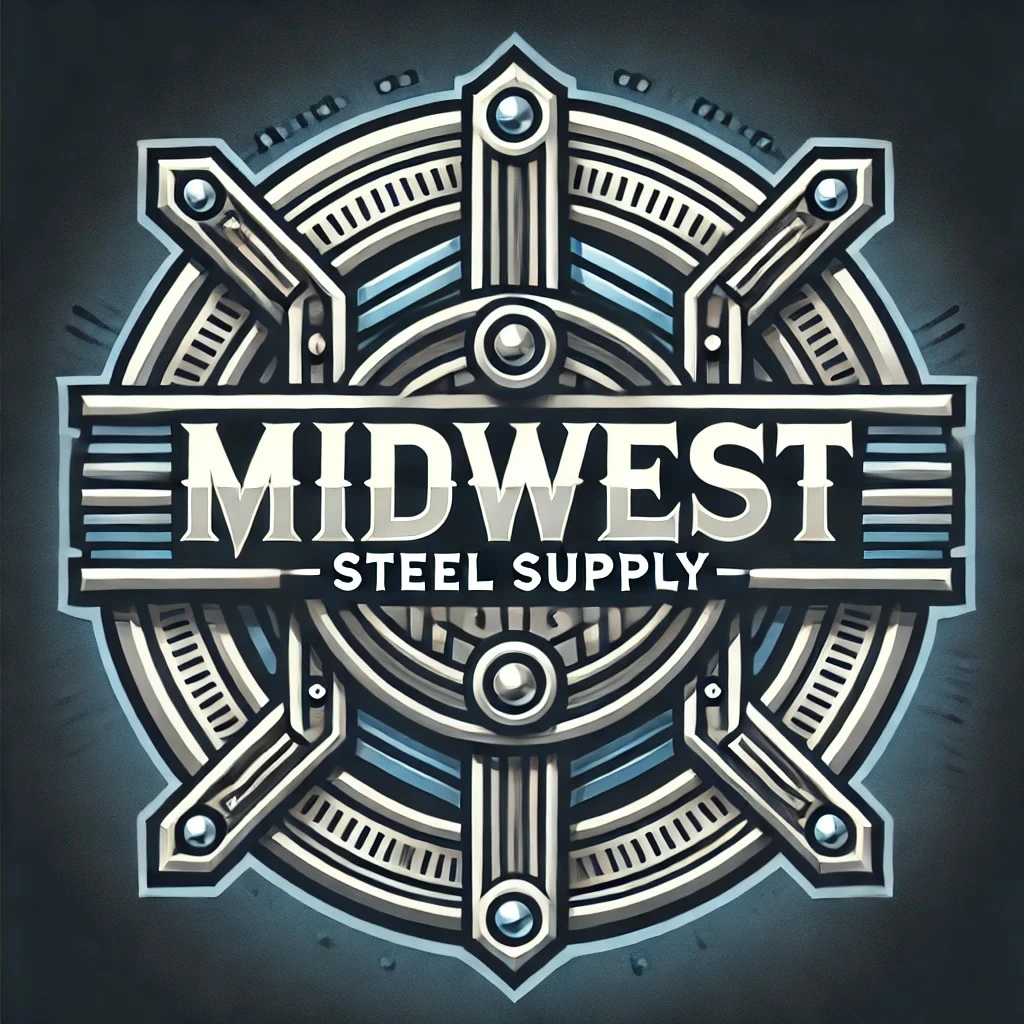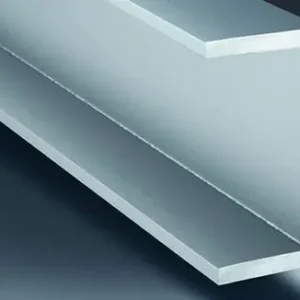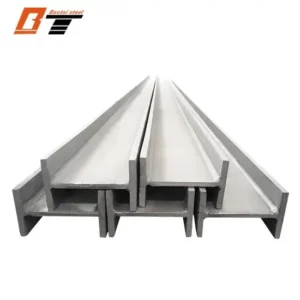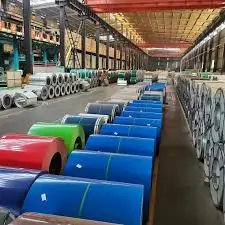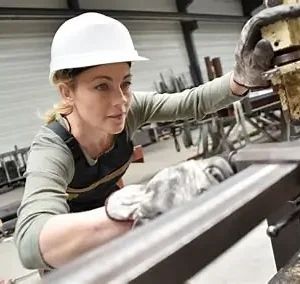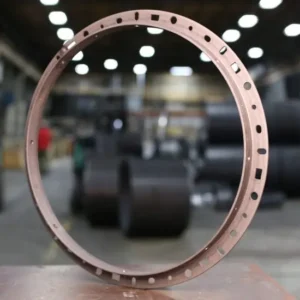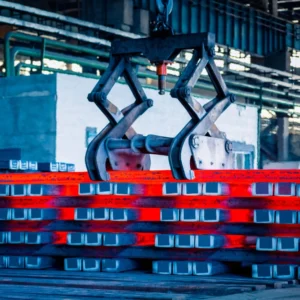EN10025 weathering steel, Corten EN10025 Properties, Applications, and 2025 Market Trends
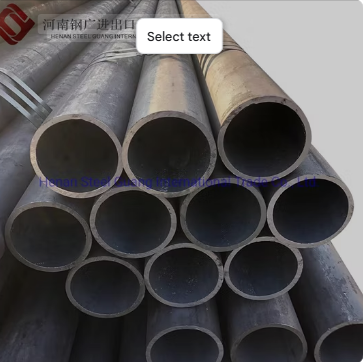
Introduction
EN10025 weathering steel, Corten EN10025 Structural steel has long been the backbone of modern architecture and infrastructure. However, when exposed to outdoor conditions, conventional carbon steels require protective coatings or paints to prevent corrosion. To address this, engineers and metallurgists developed weathering steels — a family of alloys that form a stable, self-protective oxide layer on their surface.
In Europe, these materials are standardized under the EN10025 specification, giving rise to the popular EN10025 weathering steel, often referred to as Corten EN10025. These steels are used in bridges, buildings, sculptures, and industrial structures for their durability, aesthetic appeal, and low maintenance requirements.
This article explores the key characteristics, advantages, applications, and 2025 market outlook of EN10025 weathering steel and Corten EN10025, helping fabricators and buyers understand why this material continues to gain traction in global projects.
What Is EN10025 Weathering Steel?
EN10025 weathering steel refers to a range of structural steel grades defined under the European standard EN10025-5, titled “Structural steels with improved atmospheric corrosion resistance.”
These steels are designed to resist corrosion by forming a protective oxide film — known as a patina — when exposed to alternating wet and dry conditions. Unlike traditional steel, this patina adheres tightly to the surface and prevents further oxygen and moisture penetration, significantly slowing down the corrosion process.
Corten EN10025: The European Equivalent to Corten Steel
The term “Corten” (a blend of corrosion resistance and tensile strength) originally refers to a trademarked material developed by U.S. Steel Corporation in the 1930s. It is widely known as Corten A and Corten B.
In Europe, equivalent materials are defined under the EN10025-5 standard. These grades include:
-
S235J0W
-
S355J0W
-
S355J2W
-
S355K2W
Each of these grades offers similar performance to Corten A and Corten B but complies with European mechanical and chemical specifications. Collectively, these steels are often called Corten EN10025 or EN10025 weathering steel in the marketplace.
Chemical Composition of EN10025 Weathering Steel
The enhanced corrosion resistance of EN10025 weathering steels comes from alloying elements that promote patina formation — particularly copper (Cu), chromium (Cr), and nickel (Ni).
| Element | Typical Range (%) | Function |
|---|---|---|
| Carbon (C) | ≤ 0.16 | Strength and hardness |
| Manganese (Mn) | ≤ 1.50 | Strength and ductility |
| Silicon (Si) | ≤ 0.50 | Improves oxidation resistance |
| Phosphorus (P) | ≤ 0.035 | Assists patina formation |
| Sulfur (S) | ≤ 0.035 | Impurity (kept low) |
| Copper (Cu) | 0.25 – 0.55 | Forms stable oxide layer |
| Chromium (Cr) | 0.30 – 1.25 | Improves corrosion resistance |
| Nickel (Ni) | 0.30 – 0.65 | Enhances durability and patina |
This combination of alloying elements allows EN10025 weathering steel to resist corrosion rates up to five times slower than unalloyed carbon steel under similar environmental conditions.
Mechanical Properties of Corten EN10025 Grades
| Grade | Yield Strength (MPa) | Tensile Strength (MPa) | Elongation (%) | Impact Energy (J) |
|---|---|---|---|---|
| S235J0W | 235 | 360–510 | 25 | 27 J @ 0°C |
| S355J0W | 355 | 470–630 | 22 | 27 J @ 0°C |
| S355J2W | 355 | 470–630 | 22 | 27 J @ -20°C |
| S355K2W | 355 | 470–630 | 20 | 40 J @ -20°C |
These steels are typically supplied in normalized or thermomechanically rolled condition to ensure excellent toughness, weldability, and uniformity.
Key Advantages of EN10025 Weathering Steel
-
Superior Corrosion Resistance
The main advantage of EN10025 weathering steel is its ability to form a self-protecting rust layer that prevents further corrosion. In many environments, this eliminates the need for paint or surface treatment. -
Long-Term Durability
Structures made from Corten EN10025 steels can last for decades with minimal maintenance — ideal for bridges, sculptures, and outdoor installations. -
Aesthetic Appeal
The unique reddish-brown patina gives weathering steel a warm, natural appearance that blends harmoniously with landscapes and architectural designs. -
Sustainability
Eliminating paint and coatings reduces environmental impact. Weathering steel is also 100% recyclable, supporting sustainable construction practices. -
Cost Efficiency
Although the initial material cost is slightly higher than standard steel, lifecycle costs are much lower due to reduced maintenance and no need for repainting. -
Excellent Weldability
EN10025 weathering steels have a low carbon equivalent (Ceq ≤ 0.45), allowing standard welding procedures without preheating in most cases.
Applications of EN10025 Weathering Steel and Corten EN10025
EN10025 weathering steels are used in a variety of industries where strength, durability, and low maintenance are key priorities.
1. Architecture and Building Design
Architects often select Corten EN10025 for façades, cladding panels, canopies, and sculptures. The naturally weathered appearance creates a distinctive industrial aesthetic that evolves over time.
2. Bridges and Infrastructure
Bridges built with EN10025 S355J2W and S355K2W can withstand decades of service without repainting. The weathering steel’s patina protects against rain, snow, and salt spray, making it ideal for both rural and coastal bridges.
3. Railway and Transport Equipment
Used in wagons, containers, and structural frames where long-term resistance to atmospheric exposure is essential.
4. Industrial and Energy Structures
Refineries, chimneys, silos, and offshore platforms use EN10025 weathering steel for both structural integrity and reduced maintenance costs.
5. Public Art and Landscaping
Corten EN10025 steel is a favorite among sculptors and landscape designers for its rich color tones and natural oxidation behavior.
EN10025 Weathering Steel Price per Ton (2025)
Market prices for weathering steels fluctuate depending on thickness, grade, and region. As of 2025, indicative prices for EN10025 weathering steel are as follows:
| Region | EN10025 S355J2W / S355K2W Price (USD/ton) |
|---|---|
| Europe | 950 – 1,250 |
| USA | 1,000 – 1,300 |
| China | 780 – 950 |
| India | 800 – 1,050 |
| Middle East | 850 – 1,200 |
Thinner plates (≤20 mm) and hot-rolled coils are on the lower end of the range, while thicker or customized plates, cut-to-length sheets, or certified materials command higher prices.
Price Influencing Factors
-
Alloying Elements: Prices of copper and nickel affect the cost of Corten steel production.
-
Energy Costs: Rising electricity and fuel costs increase steelmaking expenses.
-
Global Demand: Infrastructure and architectural projects drive market demand.
-
Freight and Tariffs: Transportation and import duties influence landed prices.
-
Certification Requirements: Materials supplied with EN10204 3.1 certificates or third-party inspection add cost.
Fabrication and Welding Guidelines
EN10025 weathering steel can be cut, bent, and welded using conventional processes. Key points include:
-
Cutting: Laser, plasma, or oxy-fuel methods are suitable; cutting surfaces will weather naturally over time.
-
Welding: Use low-hydrogen electrodes (E7018 or equivalent) for optimal results.
-
Painting (optional): While not required, paint can be used to control patina development in architectural applications.
-
Forming: Cold forming is possible for plates up to 12 mm thick without cracking when proper bending radii are observed.
Maintenance and Lifecycle Benefits
Unlike conventional carbon steel, EN10025 weathering steel does not require regular repainting or corrosion protection. Once the patina has fully developed (typically within 6–36 months), it becomes stable and self-sustaining. This translates to:
-
Lower maintenance costs
-
Reduced downtime for infrastructure
-
Extended service life (often 80–100 years)
Lifecycle cost studies show that weathering steels can reduce total ownership costs by up to 30–40% compared to painted carbon steels.
Market Outlook for 2025–2026
The global demand for EN10025 weathering steel and Corten EN10025 is expected to grow by 6–8% annually, driven by:
-
Expansion of green and sustainable architecture
-
Increased infrastructure spending in Europe and Asia
-
Popularity of industrial-style aesthetics in modern design
Rising costs of paint and maintenance, combined with sustainability targets, make weathering steel a cost-effective and eco-friendly alternative. Industry analysts expect prices to remain stable through 2025, with mild upward trends driven by alloy cost fluctuations.
Conclusion
EN10025 weathering steel, also known as Corten EN10025, offers a unique combination of strength, corrosion resistance, and aesthetic appeal. With grades such as S235J0W, S355J0W, and S355J2W, it provides long-term durability for bridges, buildings, and public installations exposed to the environment.
In 2025, the EN10025 weathering steel price per ton typically ranges between USD 800 and 1,200, depending on grade and region. Despite a slightly higher upfront cost, its low maintenance and long lifespan make it one of the most economical and sustainable choices for modern engineering.
As architecture and infrastructure move toward sustainable materials, Corten EN10025 remains a benchmark in both beauty and performance — embodying the perfect blend of engineering strength and natural elegance.
